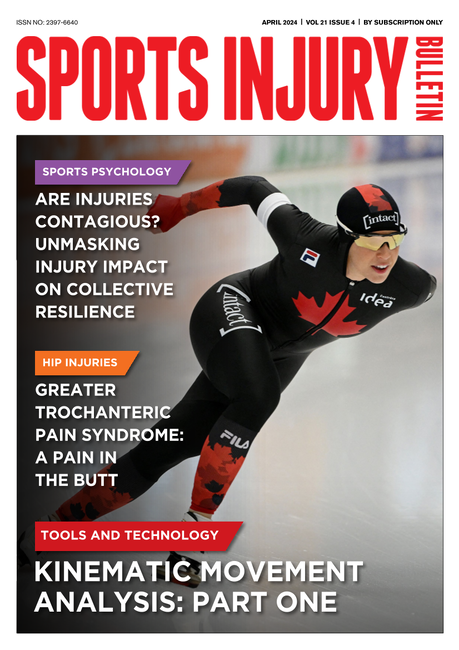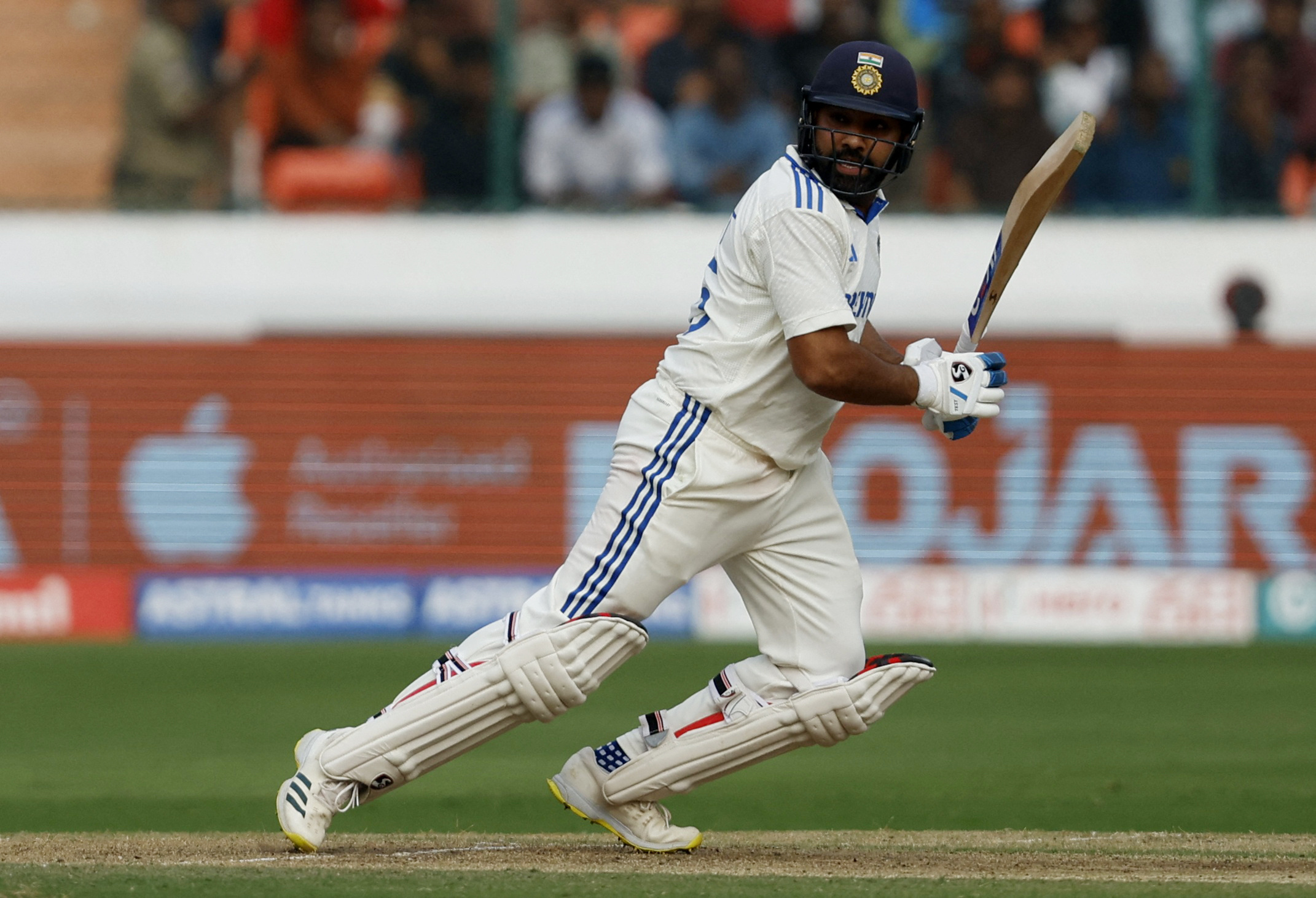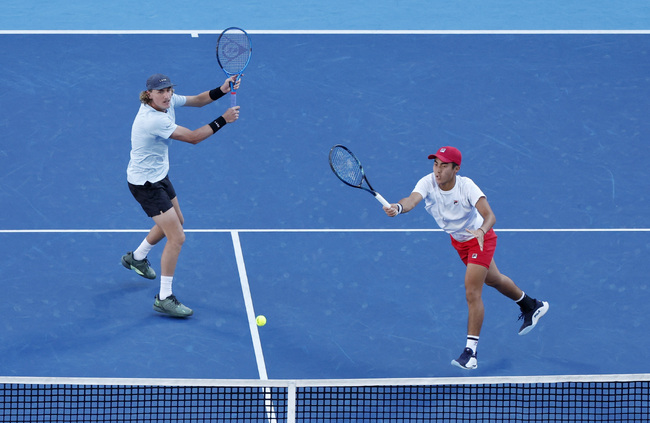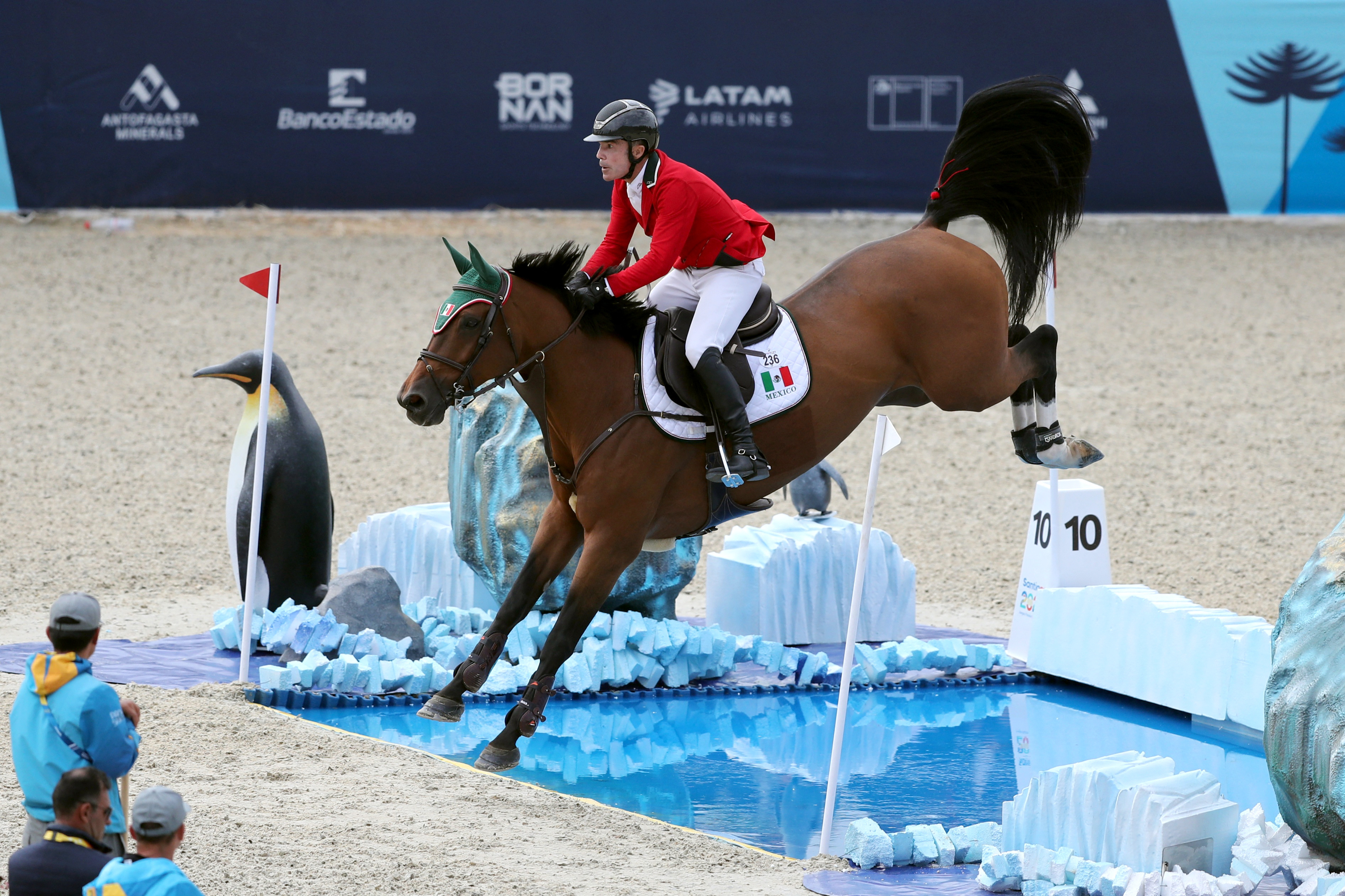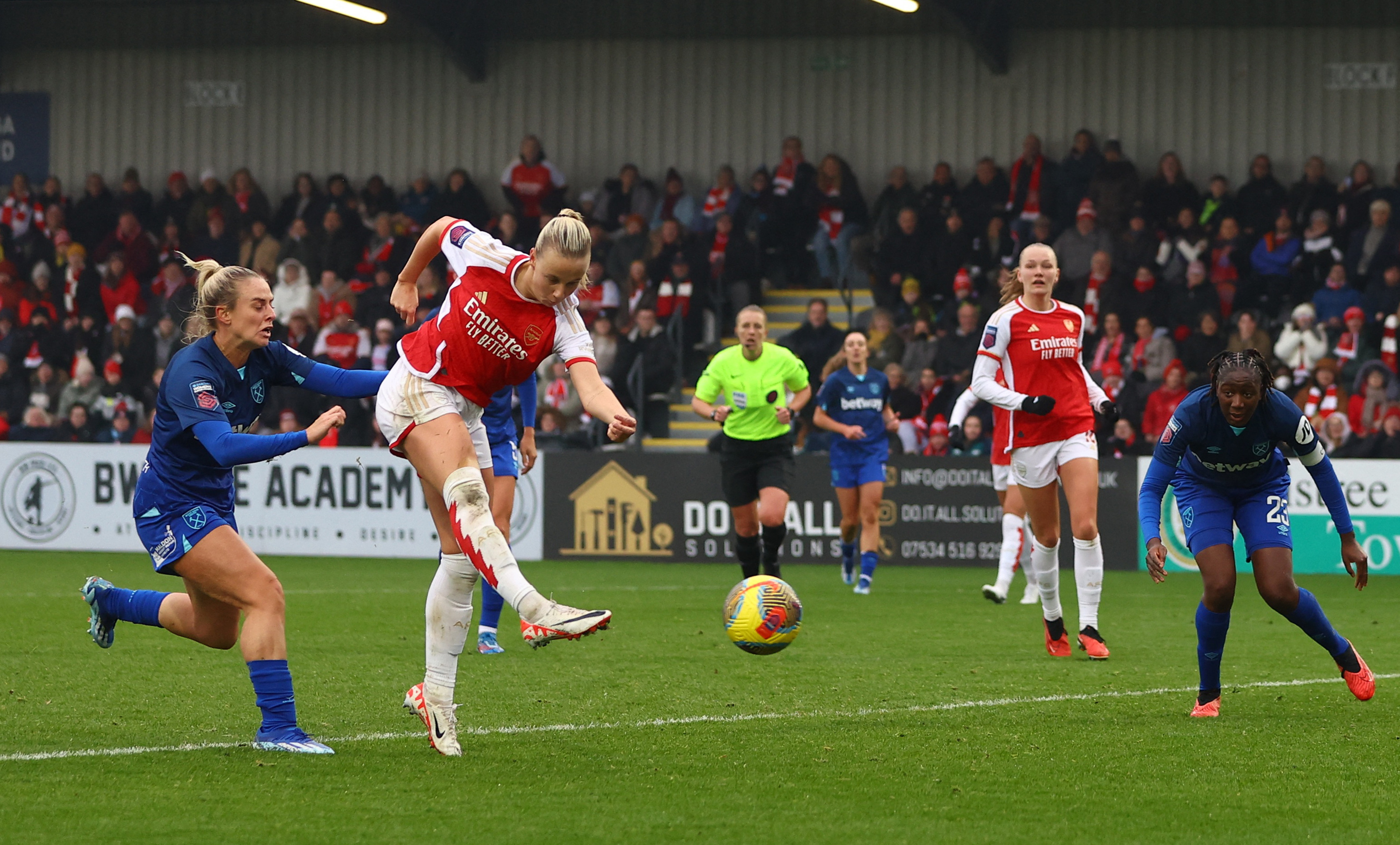Shots or shoes: the best treatment for plantar heel pain

Surveys report complaints of heel pain in 13.4% of respondents over 50-years-old(1). Amongst runners, the incidence of heel pain is even higher – over 20%(2). Although it often resolves on its own, posterior heel pain can be particularly stubborn. The plantar fascia can even rupture, as Chris Mallac explains in a recent article on SportsInjuryBulletin.com.
For most athletes, however, symptoms typically wax and wane, lasting upwards of five years for some(3). Therefore, researchers from La Trobe University sought out the best strategy to resolve plantar heel pain. In a randomized study, they compared the effectiveness of foot orthotics to corticosteroid injections in young adults with heel pain.
Subjects with heel pain lasting four weeks or more who had not received previous treatment (n=113) were assigned to either a foot orthotic group (n=57) or a corticosteroid group (n=56). The orthotic group received customizable prefabricated orthotics. The corticosteroid group received an ultrasound-guided peri-plantar fascia injection of medication. Both groups received a stretching protocol, which addressed plantar fascia, gastrocnemius, and soleus tightness.
The Results
The findings of this study were similar to those in the research. Subjects who received the corticosteroid injection showed significant improvement at four weeks follow up over those wearing the orthotics. The two groups showed similar improvement at eight weeks follow up. However, at the 12-week follow up, the orthotics group showed greater improvement of symptoms. While both treatments provided significant improvement to the subjects from the baseline measures, the differences between them did not meet clinical relevance. Therefore, it seems both are valid approaches.One must consider also that the only other intervention the participants received was a stretching protocol. There are additional approaches, such as active exercise and splinting that show positive results in the treatment of heel pain due to plantar fasciitis. Furthermore, as www.sportsinjurybulletin.com/injection-therapy-considering-the-finer-points/https://www.sportsinjurybulletin.com/injection-therapy-considering-the-finer-points/https://www.sportsinjurybulletin.com/injection-therapy-considering-the-finer-points/">Tracy Ward explains, corticosteroid injections, while able to provide relief in the early stages of recovery, carry potential risks. Thus while orthotics and injections continue to be part of an effective treatment protocol, neither alone will fix the problem of plantar heel pain.
References
- Arthritis Care Res (Hoboken). 2015 Jul; 67(7): 996–1003
- Buchanan BK, Kushner D. Plantar Fasciitis. [Updated 2019 Feb 11]. In: StatPearls [Internet]. Treasure Island (FL): StatPearls Publishing; 2019 Jan-.
- 2019 July;49(7)
You need to be logged in to continue reading.
Please register for limited access or take a 30-day risk-free trial of Sports Injury Bulletin to experience the full benefits of a subscription. TAKE A RISK-FREE TRIAL
TAKE A RISK-FREE TRIAL
Newsletter Sign Up
Subscriber Testimonials
Dr. Alexandra Fandetti-Robin, Back & Body Chiropractic
Elspeth Cowell MSCh DpodM SRCh HCPC reg
William Hunter, Nuffield Health
Newsletter Sign Up
Coaches Testimonials
Dr. Alexandra Fandetti-Robin, Back & Body Chiropractic
Elspeth Cowell MSCh DpodM SRCh HCPC reg
William Hunter, Nuffield Health
Be at the leading edge of sports injury management
Our international team of qualified experts (see above) spend hours poring over scores of technical journals and medical papers that even the most interested professionals don't have time to read.
For 17 years, we've helped hard-working physiotherapists and sports professionals like you, overwhelmed by the vast amount of new research, bring science to their treatment. Sports Injury Bulletin is the ideal resource for practitioners too busy to cull through all the monthly journals to find meaningful and applicable studies.
*includes 3 coaching manuals
Get Inspired
All the latest techniques and approaches
Sports Injury Bulletin brings together a worldwide panel of experts – including physiotherapists, doctors, researchers and sports scientists. Together we deliver everything you need to help your clients avoid – or recover as quickly as possible from – injuries.
We strip away the scientific jargon and deliver you easy-to-follow training exercises, nutrition tips, psychological strategies and recovery programmes and exercises in plain English.


